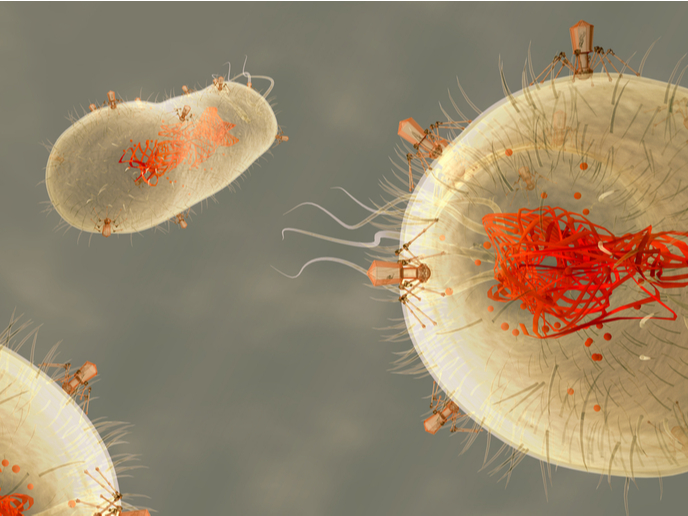Genetic information on microsporidian pathogens
The EC-funded POLLINATOR PARASITES project studied the interactions between bumblebees and the microsporidia parasites that can infect them. Different aspects of the microsporidia life cycle and virulence were examined especially in conjunction with their impact on the bumble bee's health status. The overall aim would be to create polymerase chain reaction (PCR) tools to detect infection and at a later stage control disease spread. Researchers set out to create genetic libraries of the microsporidia species that infect bumble bee populations. However, these efforts were hampered due to the nature of the infection mechanism. More specifically, the microsporidia are characterised by their intracellular parasitic nature making the extraction of contaminant-free DNA almost impossible. The project partners managed to rid microsporidia DNA from host DNA contamination using enzyme DNAase treatment. This technique yielded genomic libraries of microsporidian species and gained information on microsatelite loci. It is interesting to note that unlike other infectious agents, the loci that were isolated appeared to be monomorphic in nature and not polymorphic. This essentially means that this type of analysis may not be best suited for this type of pathogen. Further research will allow scientists insight into the genetic profile of microsporidian species.







